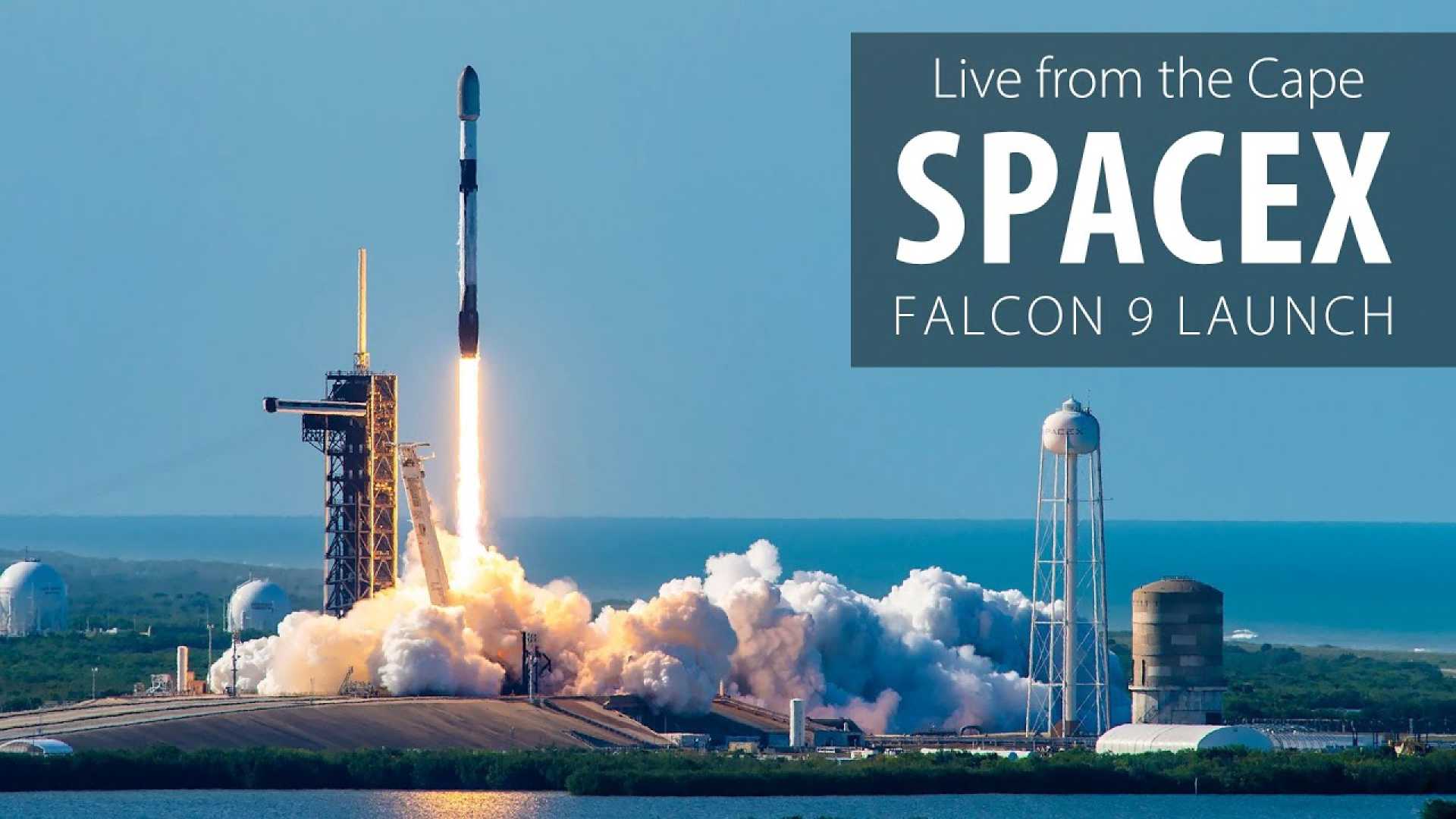News
SpaceX Set for Critical CRS-32 Launch Amid Supply Challenges

KENNEDY SPACE CENTER, Fla. — SpaceX is preparing to launch its uncrewed Cargo Dragon spacecraft for the Commercial Resupply Services 32 (CRS-32) mission to the International Space Station (ISS) on Monday, April 21, at 4:15 a.m. EDT (0815 UTC). The launch comes in the wake of a transportation mishap that delayed a Northrop Grumman cargo flight, highlighting the importance of this resupply mission.
With a payload of about 6,700 pounds (3,000 kg) of supplies and science experiments, the mission is critical for maintaining operations aboard the ISS. Dragon is scheduled to separate from the Falcon 9 rocket approximately 9.5 minutes after liftoff, with docking at the ISS expected around 8:20 a.m. EDT on Tuesday, April 22. This docking will be monitored by NASA astronaut Jonny Kim and Japan‘s Takuya Onishi from within the space station.
The necessity of this flight was underscored earlier this year when damaged hardware on a previous Northrop Grumman mission forced NASA to adjust the cargo manifest for CRS-32, adding more food and supplies. “We did have to reshuffle a bit of the manifest to make room for some more food and resupplies for the crew,” stated Jennifer Buchli, NASA’s ISS Program Chief Scientist, during a pre-launch briefing.
The Cygnus NG-22 mission, originally scheduled to launch in January 2025, was also delayed and ultimately canceled, with its next scheduled mission, NG-23, now pushed to September. Buchli emphasized that despite the reshuffle, they managed to optimize cargo arrangements, restoring several scientific investigations for this launch.
In addition, delays with Sierra Space’s Dream Chaser and Japan’s HTV-X further complicate logistics for ISS resupply missions. Zebulon Scoville from NASA’s ISS Program noted that Dream Chaser is currently expected to launch in the Fall, contributing to an increasingly urgent demand for reliable supply missions.
The CRS-33 cargo flight is set to follow this mission in the summer, where it aims to test technologies developed for SpaceX’s Deorbit Vehicle, planned for future use to safely bring down the ISS around 2031. The recent delays with cargo delivery are prompting SpaceX to implement additional thrusters on CRS-33 to assist in orbit maintenance.
“We’re constantly looking for ways to enhance our technology,” said Sarah Walker, SpaceX’s Director of Dragon Mission Management. “The additional thrusters will be a supplemental capability for ISS operations.”
Monday’s CRS-32 mission marks a milestone for the Cargo Dragon C209, which will be making its fifth flight. The spacecraft will feature upgraded drogue parachutes designed to enhance safety during its return to Earth. Walker highlighted these updates, explaining, “We’ve improved our drogue systems with stronger joints and an optimized deployment method.”
SpaceX will be utilizing Falcon 9 first stage booster 1092 for this mission, which will target a landing at Cape Canaveral’s Landing Zone 1 approximately 7.5 minutes post-launch, marking its third flight. The success of this landing could represent the 433rd successful booster landing for SpaceX.
Weather conditions are also looking favorable, with launch weather officer Jimmy Taeger predicting a 95-percent chance of suitable conditions for the launch. Coverage of the launch will begin at 3:55 a.m. EDT, with live updates available from various platforms.
The scientific investigations aboard Dragon include over 30 projects, focusing on areas such as protein behavior in microgravity, air quality monitoring, and plant resilience during spaceflight. One notable experiment from Rensselaer Polytechnic Institute will explore protein clumping, which is significant for drug development processes.
As preparations for launch continue, the success of CRS-32 is viewed as vital not only for resupplying the ISS but also for advancing scientific knowledge and technologies that could benefit future space missions, including potential human exploration of the Moon and Mars.












